Introduction
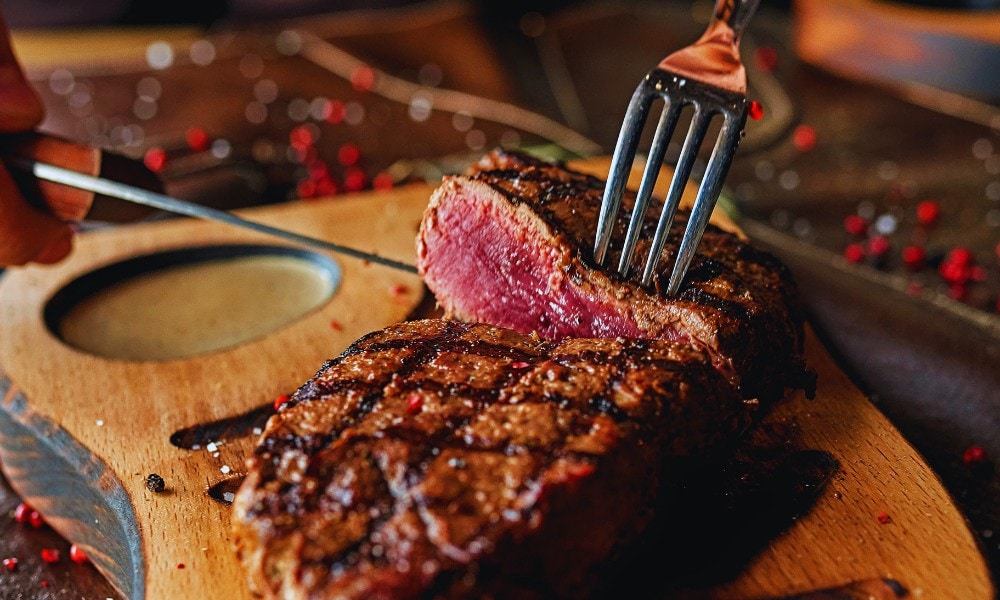
For those who love indulging in a perfectly cooked steak, ensuring food safety is of utmost importance. Properly handling and storing cooked steak can prevent the growth of harmful bacteria that can lead to foodborne illnesses. Understanding the risks of leaving cooked steak out at room temperature, adhering to the two-hour rule, and recognizing signs of spoilage and foodborne illness are essential for maintaining food safety. By following the guidelines and best practices for storing and reheating cooked steak, steak lovers can enjoy a delicious and safe meal every time.
Reasons Why It’s Important To Ensure Food Safety With Cooked Steak
Ensuring food safety with cooked steak is crucial for several reasons. Firstly, cooked steak that has not been stored properly can become a breeding ground for harmful bacteria, leading to foodborne illnesses such as Salmonella or E. coli. Consuming contaminated steak can result in severe symptoms, including nausea, vomiting, and diarrhea. Additionally, improper handling and storage of cooked steak can lead to spoilage, affecting the taste and texture of the meat. By adhering to food safety guidelines, steak lovers can safeguard their health and enjoy their favorite dish without the risk of foodborne illness.
Understanding The Risks Of Leaving Cooked Steak Out At Room Temperature
Leaving cooked steak out at room temperature can pose significant risks to food safety. When food is left at room temperature, bacteria can multiply rapidly, leading to potential foodborne illnesses. This is especially true for cooked meats like steak, which provide an ideal environment for bacterial growth. The Temperature Danger Zone, which ranges from 40-140 degrees Fahrenheit, allows bacteria to double in number every 20 minutes. Therefore, it’s essential to refrigerate cooked steak promptly to prevent the growth of harmful bacteria and ensure food safety.
Guidelines For Safe Food Storage
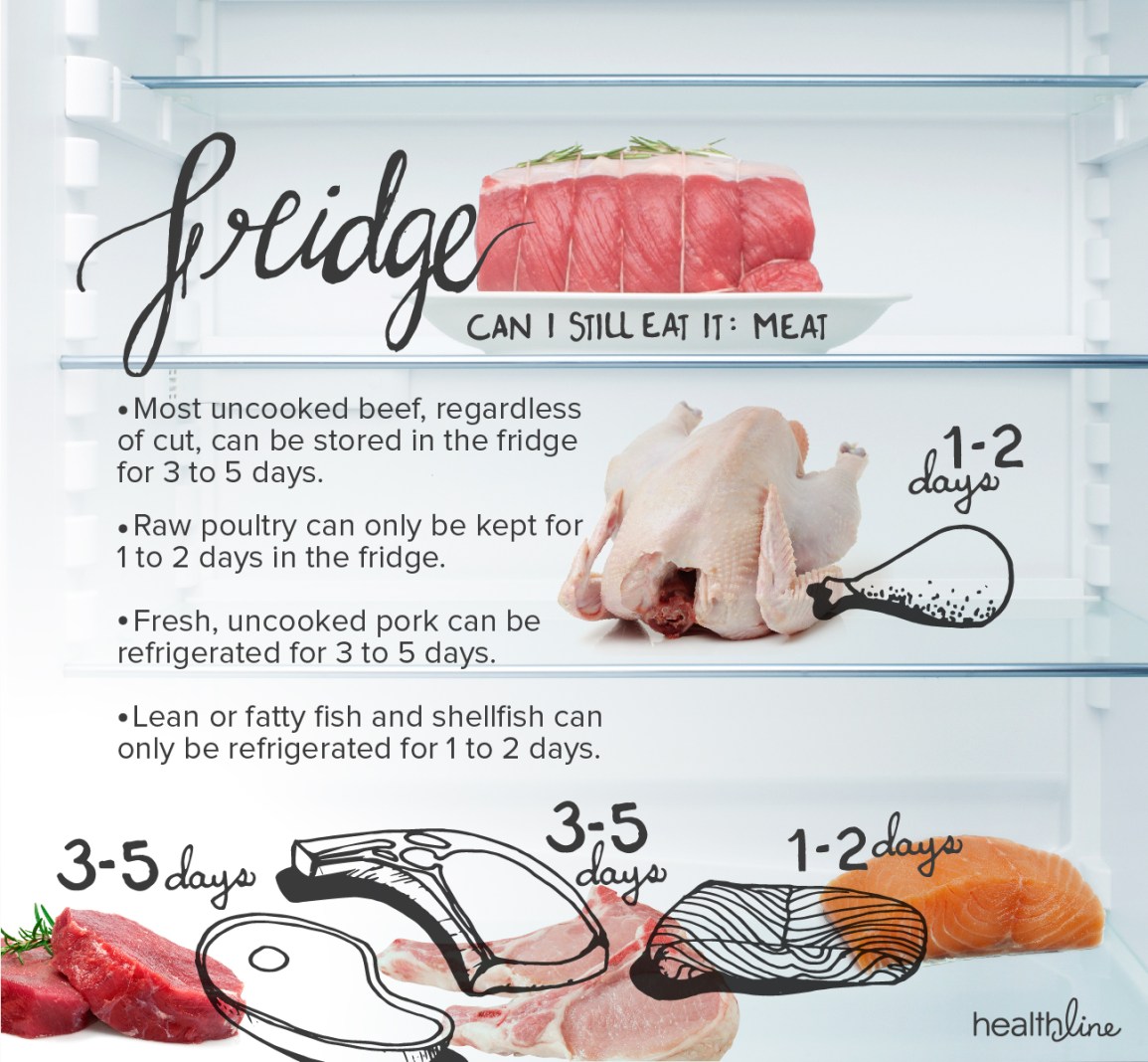
Proper storage of cooked steak is crucial for ensuring food safety. Here are some guidelines to follow:
- Refrigerate promptly: Cooked steak should be refrigerated within two hours of being cooked. If the ambient temperature is above 90°F (32°C), the time limit decreases to one hour.
- Use airtight containers: Store the cooked steak in airtight containers to prevent bacteria and moisture from entering. This helps maintain the quality and prolongs the shelf life of the steak.
- Label and date: Properly label and date the containers with cooked steak to easily track its freshness and prevent confusion.
- Store at the right temperature: Keep the cooked steak in the refrigerator at a temperature of 40°F (4°C) or below. This inhibits bacterial growth and helps maintain the quality and safety of the steak.
By following these guidelines, you can ensure that your cooked steak stays safe to consume and remains delicious for as long as possible.
General Recommendations For Storing Cooked Steak
To ensure the safety of cooked steak, it is important to follow general recommendations for storing. Here are some key guidelines to keep in mind:
- Refrigerate promptly: Cooked steak should be refrigerated within two hours of being cooked to prevent bacterial growth.
- Use airtight containers: Store the cooked steak in airtight containers to prevent bacteria and moisture from entering, which helps maintain its quality and extend its shelf life.
- Label and date: Properly label and date the containers with cooked steak to easily track its freshness and prevent confusion.
- Store at the right temperature: Keep the cooked steak in the refrigerator at a temperature of 40°F (4°C) or below to inhibit bacterial growth and maintain its quality and safety.
Following these general recommendations will help ensure that your cooked steak stays safe to consume and remains delicious for as long as possible.
Properly Packaging And Labeling Cooked Steak For Refrigeration
When storing cooked steak in the refrigerator, it is important to properly package and label it to maintain its quality and ensure food safety. Start by placing the steak in airtight containers or wrapping it tightly in plastic wrap or aluminum foil to prevent bacteria and moisture from entering. This will help preserve the flavor and texture of the steak. Additionally, label the containers with the date of storage to easily track its freshness and prevent confusion. Following these packaging and labeling practices will help keep your cooked steak safe to consume and maintain its deliciousness.
The Two-hour Rule
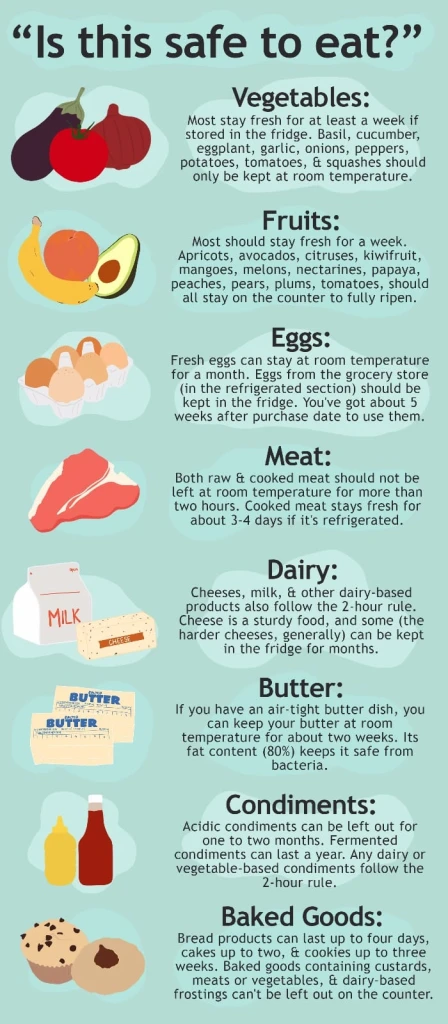
The Two-Hour Rule: When it comes to ensuring food safety, the Two-Hour Rule is a crucial guideline to follow. According to experts, cooked food can only stay in the temperature danger zone (between 40°F and 140°F) for a maximum of two hours. After two hours, the cooked steak should either be consumed, properly stored in the refrigerator, or discarded to prevent the growth of harmful bacteria. It is important to note that on hotter days, this time frame becomes even shorter. Adhering to the Two-Hour Rule is essential for maintaining the freshness and safety of cooked steak.
Explaining The Two-hour Rule For Leaving Cooked Steak Out
The two-hour rule for leaving cooked steak out is a guideline that ensures food safety. According to experts, cooked food can only remain at room temperature for a maximum of two hours. After this time, the risk of bacterial growth increases significantly. In warmer temperatures, such as 90 degrees or higher, the time frame is reduced to just one hour. Adhering to this rule is crucial in preventing foodborne illnesses and maintaining the freshness of cooked steak. It is recommended to consume, properly store, or discard cooked steak within the two-hour timeframe to ensure its safety.
Why It’s Crucial To Adhere To The Two-hour Rule For Food Safety
Adhering to the two-hour rule for food safety, especially when it comes to cooked steak, is crucial to prevent the growth of harmful bacteria. Leaving cooked steak out at room temperature for longer than two hours increases the risk of foodborne illnesses. Bacteria multiply rapidly between 40°F (4°C) and 140°F (60°C), creating an environment where pathogens can flourish. By promptly refrigerating cooked steak within the recommended timeframe, you can minimize the risk of food poisoning and ensure the freshness and quality of your meal. Don’t take chances with food safety; follow the two-hour rule diligently.
Factors Affecting Food Safety
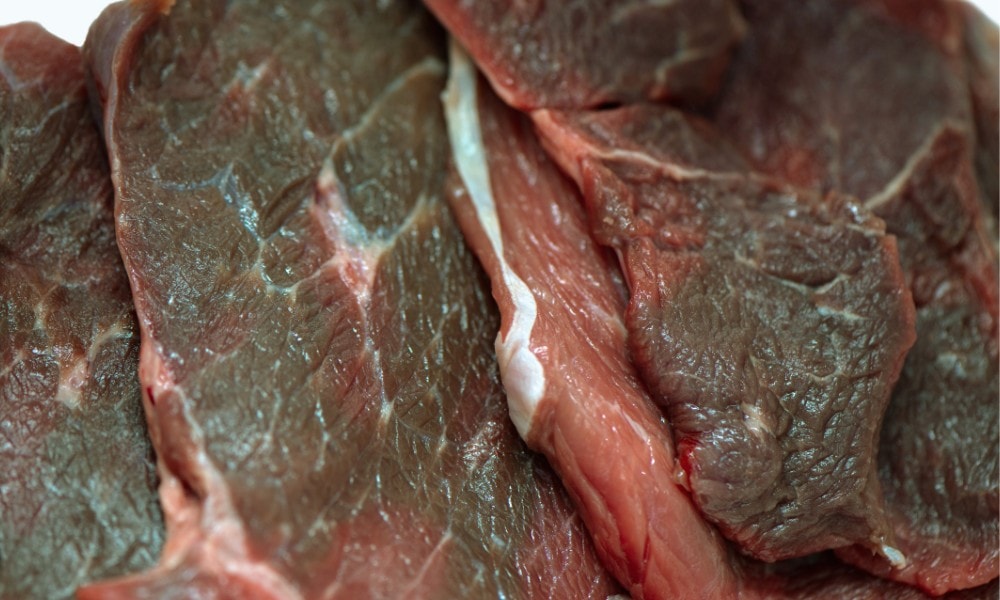
Factors Affecting Food Safety:
Several factors can affect the safety of cooked steak. One major factor is temperature. Bacteria proliferate rapidly between 40°F (4°C) and 140°F (60°C), making it crucial to store cooked steak at appropriate temperatures to prevent bacterial growth. Humidity is another important factor. Excessive moisture can create an ideal environment for bacteria to thrive, so it’s essential to keep cooked steak in a dry environment. Additionally, considerations should be made regarding the overall cleanliness of the storage area and proper handling techniques to minimize cross-contamination and maintain food safety.
Understanding Factors That Can Affect The Safety Of Cooked Steak
Several factors can affect the safety of cooked steak. One major factor is temperature. Bacteria proliferate rapidly between 40°F (4°C) and 140°F (60°C), making it crucial to store cooked steak at appropriate temperatures to prevent bacterial growth. Humidity is another important factor. Excessive moisture can create an ideal environment for bacteria to thrive, so it’s essential to keep cooked steak in a dry environment. Additionally, considerations should be made regarding the overall cleanliness of the storage area and proper handling techniques to minimize cross-contamination and maintain food safety.
Temperature, Humidity, And Bacteria Growth Considerations
Storing cooked steak at the appropriate temperature is crucial for food safety. Bacteria thrive between 40°F (4°C) and 140°F (60°C), so it’s important to keep cooked steak either hot (above 140°F) or cold (below 40°F). Maintaining a consistent temperature helps prevent bacterial growth and the risk of foodborne illness. Similarly, humidity can play a role in promoting bacteria growth. Excessive moisture can create an ideal environment for bacteria, so it’s important to store cooked steak in a dry environment. Adhering to these temperature and humidity considerations helps ensure the safety of cooked steak.
Signs Of Spoilage And Foodborne Illness

Signs of spoilage in cooked steak include changes in color, such as a green or grayish hue, a foul odor, slimy texture, or mold growth. Consuming spoiled steak can lead to foodborne illnesses, such as nausea, vomiting, diarrhea, abdominal pain, and fever. These symptoms may appear within a few hours or up to several days after consuming contaminated steak. It is crucial to be aware of these signs and symptoms to prevent foodborne illness and prioritize food safety.
Identifying Signs Of Spoiled Cooked Steak
When determining if cooked steak has spoiled, it’s important to look for specific signs of spoilage. These signs include changes in color, such as a green or grayish hue, a foul odor emanating from the steak, a slimy texture, or the presence of mold growth. If you notice any of these indicators, it’s crucial to discard the steak immediately. Consuming spoiled steak can lead to foodborne illnesses, causing symptoms such as nausea, vomiting, diarrhea, abdominal pain, and fever. Understanding and recognizing these signs is essential for ensuring food safety and preventing the risk of foodborne illness.
Recognizing Symptoms Of Foodborne Illnesses Caused By Improperly Stored Steak
Recognizing the symptoms of foodborne illnesses caused by improperly stored steak is crucial for ensuring prompt medical attention and preventing further complications. Common symptoms include nausea, vomiting, diarrhea, abdominal pain, and fever. These symptoms typically arise within a few hours or up to a few days after consuming contaminated steak. It’s important to note that the severity and duration of symptoms can vary depending on the individual and the type of bacteria present. If you experience any of these symptoms after consuming improperly stored steak, it’s important to seek medical attention and inform your healthcare provider about your recent food consumption.
Best Practices For Food Safety
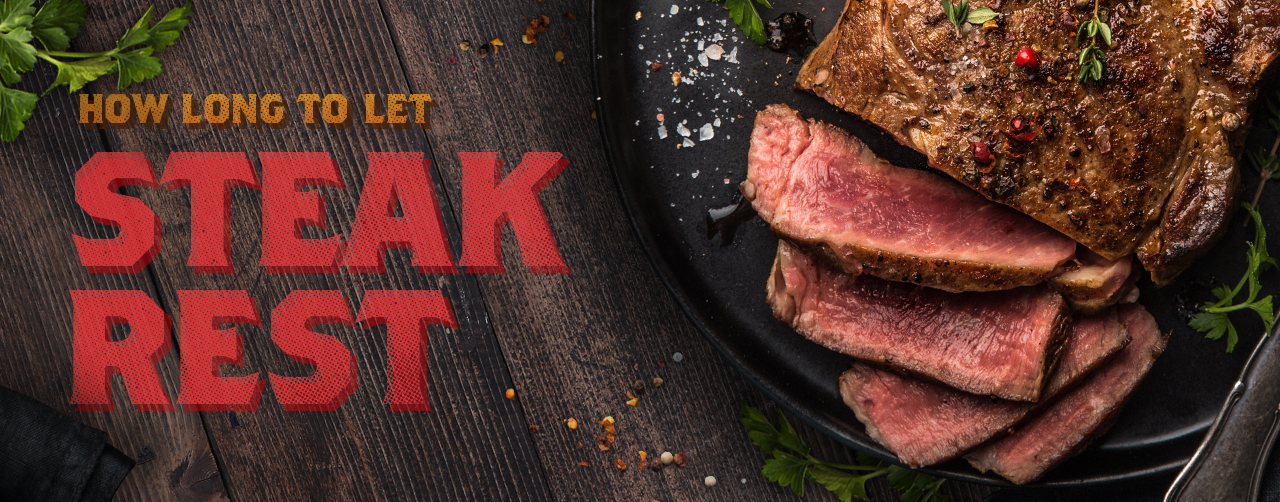
To ensure food safety, it is important to follow best practices when handling and storing cooked steak. Here are some key tips:
- Properly handle and store cooked steak: Always wash your hands before and after handling cooked steak. Store it in airtight containers or wrap it tightly in plastic wrap or foil to prevent contamination.
- Refrigerate promptly: Place cooked steak in the refrigerator within two hours of cooking. Keep the temperature of your refrigerator at or below 40°F (4°C) to prevent bacteria growth.
- Reheat properly: If reheating cooked steak, make sure it reaches a minimum internal temperature of 165°F (74°C) to kill any bacteria present.
- Utilize leftovers safely: Consume leftover steak within three to four days. When reheating, make sure the entire portion reaches the appropriate temperature.
By following these best practices, you can ensure the safety and quality of your cooked steak.
Properly Handling And Storing Cooked Steak To Ensure Food Safety
Properly handling and storing cooked steak is crucial to ensure food safety. Wash hands thoroughly before and after handling cooked steak to prevent cross-contamination. Store it in airtight containers or wrap it tightly in plastic wrap or foil to prevent bacteria from entering. Refrigerate the steak promptly, within two hours of cooking, at a temperature below 40°F (4°C) to slow down bacterial growth. When reheating, ensure the steak reaches a minimum internal temperature of 165°F (74°C) to kill any bacteria. Consume leftovers within three to four days and make sure to heat the entire portion to the appropriate temperature.
Tips For Reheating And Utilizing Leftovers In A Safe Manner
When reheating leftover cooked steak, it is important to do so safely to prevent the growth of harmful bacteria. Here are some tips to follow:
- Thaw frozen cooked steak in the refrigerator before reheating to ensure even heating.
- Use a food thermometer to ensure the internal temperature reaches at least 165°F (74°C) to kill any bacteria.
- Reheat steak using methods like baking, grilling, or pan-frying, as these provide thorough heating.
- Avoid using the microwave on a high setting, as it can lead to uneven heating and potential foodborne illness.
- Always heat the entire portion of leftover steak, rather than just a portion, to ensure it reaches a safe temperature.
By following these tips, you can safely enjoy your leftover cooked steak without compromising your health.
Frequently Asked Questions: How Long Can Cooked Steak Sit Out?
Q: How long is it safe to leave cooked steak sitting out at room temperature?
A: It is generally recommended to not leave cooked steak sitting out at room temperature for more than 2 hours.
Q: Why is it not safe to leave cooked steak sitting out for an extended period of time?
A: Cooked steak, like any perishable food, can harbor bacteria that can multiply rapidly at room temperature. This increases the risk of foodborne illnesses.
Q: Can I still consume cooked steak that has been left out for more than 2 hours?
A: It is advisable to discard cooked steak that has been left out for more than 2 hours to avoid the risk of foodborne illnesses. It’s better to prioritize food safety.
Q: Can I reheat cooked steak that has been left out for a few hours?
A: Reheating cooked steak that has been left out is not recommended, as reheating may not kill any bacteria that may have already grown on the steak.
Q: How can I ensure the safety of cooked steak during gatherings or events?
A: To ensure the safety of cooked steak during gatherings or events, it is vital to keep it at a safe temperature of 140°F (60°C) or above. You can use chafing dishes, slow cookers, or warming trays to maintain its temperature.
Q: What if my cooked steak has been sitting out for less than 2 hours, but in a warm or humid environment?
A: If the environment is warm or humid, bacteria can multiply more quickly. To be on the safe side, it is still recommended to consume the cooked steak within 2 hours.
Q: Should I refrigerate cooked steak right after it is cooked?
A: It is important to let the cooked steak rest for a few minutes at room temperature to allow the juices within to redistribute. However, any leftovers should be refrigerated within 2 hours of being cooked.
Q: How long can I safely keep cooked steak in the refrigerator?
A: Cooked steak can be safely stored in the refrigerator for up to 3-4 days. It should be kept in an airtight container or wrapped tightly in foil or plastic wrap to maintain its quality.
Q: Can I freeze cooked steak to extend its shelf life?
A: Yes, you can freeze cooked steak to extend its shelf life. It is recommended to wrap it tightly in foil or plastic wrap and place it in an airtight freezer bag or container. Frozen cooked steak can be stored for around 2-3 months.
Q: How can I tell if cooked steak has gone bad?
A: Signs of spoiled cooked steak include a foul odor, slimy texture, or noticeable discoloration. If you notice any of these signs, it is best to discard the steak to avoid the risk of foodborne illnesses.
Remember, food safety should be a priority, and it’s better to be cautious when it comes to the storage, handling, and consumption of cooked steak or any perishable foods.

Come for The Burgers… Stay for The Beers!